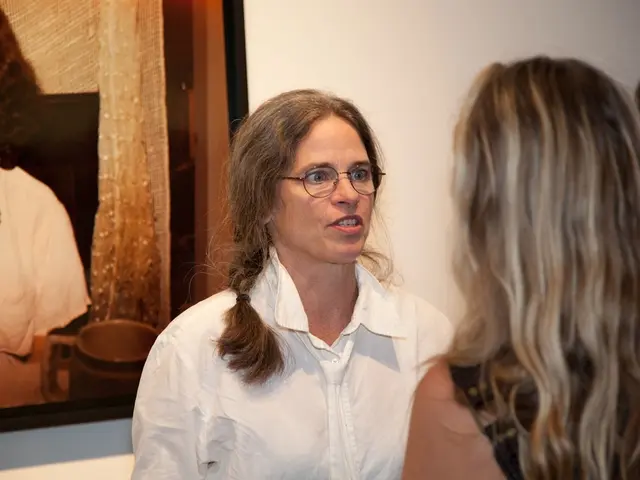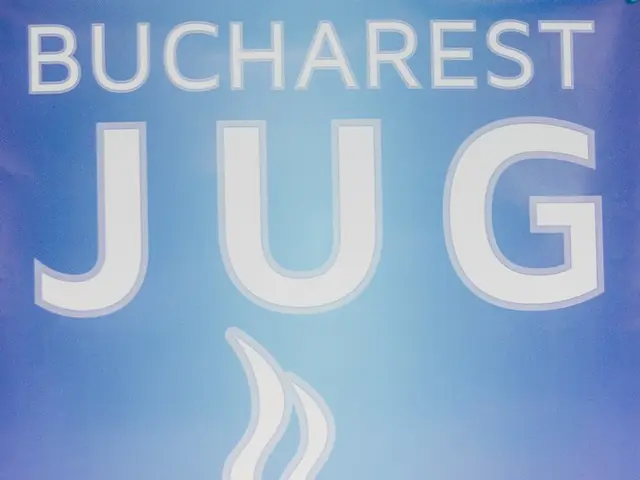The Shifting Landscape of College Sports: Brand-Wise Hustle and Tax Confusion
Struggling Students, Wealthy Athletes Suffer Financial Losses at the Hands of the NCAA as Marketplace Access Is Denied
Once upon a time, the NCAA, raking in massive sums from broadcasting contracts, kept student-athletes from cashing in on their personal brand under the pretense of amateur status. But no more! After years of legal battles, student-athletes are now allowed to profit from their Name, Image, and Likeness (NIL), thanks to the Supreme Court's 2021 ruling (you know, that whole "life, liberty, and the pursuit of sponsorship deals" thing).
In 2025, the top-earning college athletes include Texas Longhorns American football defender Arch Manning ($6.5 million a year), basketball player Cooper Flagg ($4.8 million), and more, totaling a whopping $1.67 billion in the NIL market. But here's the catch: those earnings are still subject to taxes. What a tangled web of taxation and college sports!
Remember when the NCAA saw those hefty revenues of $1.38 billion last year? Well, student-athletes, not so much. In the spring of 2024, they fought for more, suing the NCAA for compensating them for lost earnings due to multi-billion dollar television deals and the right to be fairly paid for their labor. After lengthy negotiations, the NCAA agreed to fork over a whopping $2.8 billion to nearly 14,000 athletes over the next ten years.
But hold on tight, because things are still complicated. The new compensation system is chaotic, with schools able to spend up to $20.5 million a year on student-athlete salaries (starting July 1, 2025), but with many details yet to be ironed out. Critics argue that the system's outdated logic undervalues a personal brand's worth, while others complain about unfair distribution of earnings.
Meanwhile, the NCAA is making other changes to adapt to the new landscape. For example, abandoning the ban on contracts with bookmakers. Yes, you heard that right. While major sports leagues have been partnering with gambling operators since their legalization in 2018, college sports kept their distance until recently. But hey, times are changing, aren't they?
Amidst all this chaos, a new platform called Fanstake emerged, allowing fans to make financial offers to athletes they want to recruit to their college team. The free market platform raised $6.25 million in its first round of funding and has united 18,000 users so far. However, the success of a transfer doesn't guarantee the desired college attendance, leaving some athletes and fans disappointed.
It's a wild, wild world of college sports these days – one where athletes and fans navigate complex tax laws, corporate partnerships, and secret NIL deals. strap in, folks! It's going to be a bumpy ride.
Additional Insights:1. The current tax landscape for NIL income can be seen as unfair due to the comparative treatment of student-athletes in states with exemptions, complexities in compliance, and inconsistencies in organizational status compared to other non-profit organizations.2. The denial of tax-exempt status for NIL collectives, which may provide educational support, can be perceived as inconsistent or unfair compared to other charitable entities.3. The taxation of NIL income can be a financial burden and administrative headache for student-athletes and donors, requiring professional guidance to navigate complex tax laws.
- As the NIL market continues to flourish, the comparatively complex tax landscape for student-athletes raises concerns over fair treatment, particularly in states with exemptions, complexities in compliance, and organizational status inconsistencies.
- The denial of tax-exempt status for NIL collectives offering educational support is inconsistent and potentially unfair when compared to other charitable entities.
- The taxation of NIL income poses a significant financial burden and administrative headache for student-athletes and donors, necessitating professional guidance to navigate complex tax laws.
- Amidst the surge of lawsuits arising from disputes over NIL compensation, the NCAA, once pledging to keep student-athletes from cashing in on their personal brand, has recently agreed to pay millions to over 14,000 athletes.
- In an effort to monetize their potential, aspiring student-athletes now seek finance by venture investing, such as the start-up Fanstake, that allows fans to make financial offers to athletes, aiming to recruit them to their college team.





